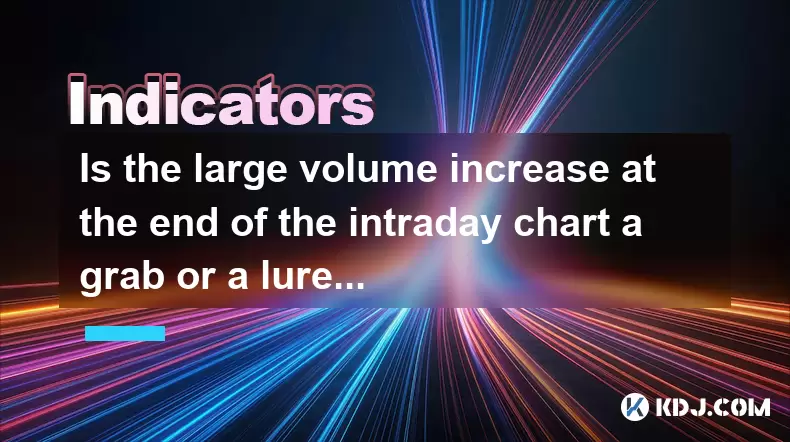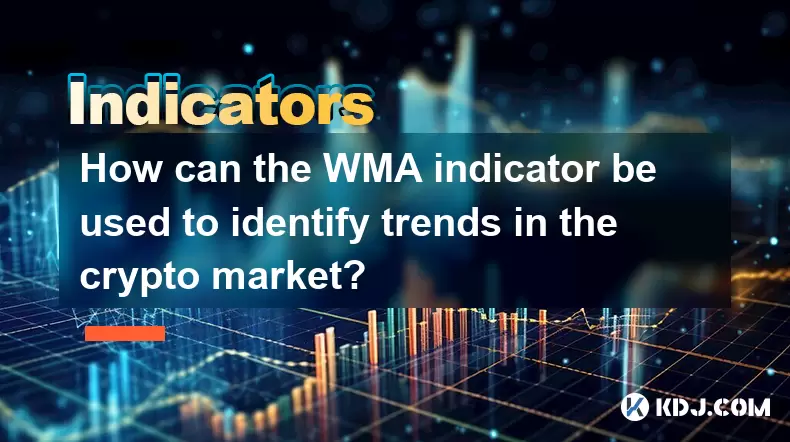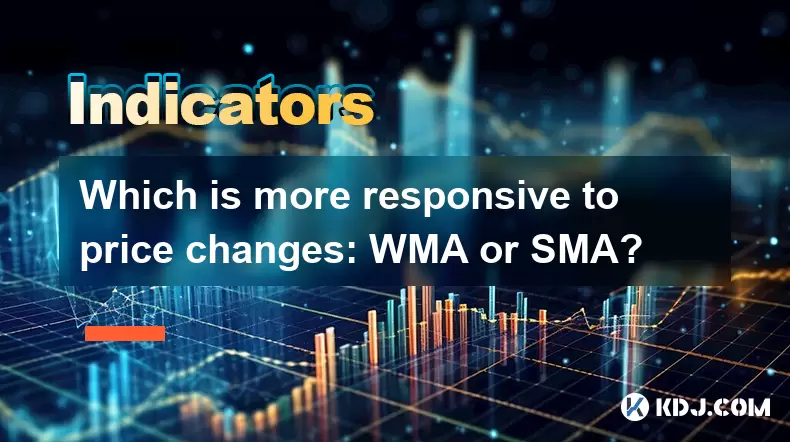-
 Bitcoin
Bitcoin $118300
-0.58% -
 Ethereum
Ethereum $3825
0.11% -
 XRP
XRP $3.137
-0.71% -
 Tether USDt
Tether USDt $0.9999
-0.01% -
 BNB
BNB $803.9
-3.37% -
 Solana
Solana $181.5
-1.94% -
 USDC
USDC $0.9999
0.01% -
 Dogecoin
Dogecoin $0.2238
-2.51% -
 TRON
TRON $0.3358
2.12% -
 Cardano
Cardano $0.7844
-2.16% -
 Hyperliquid
Hyperliquid $43.31
-1.48% -
 Sui
Sui $3.807
-4.04% -
 Stellar
Stellar $0.4203
-1.96% -
 Chainlink
Chainlink $17.79
-3.00% -
 Bitcoin Cash
Bitcoin Cash $567.8
-1.34% -
 Hedera
Hedera $0.2614
-4.30% -
 Avalanche
Avalanche $24.19
-4.46% -
 Litecoin
Litecoin $109.2
-0.74% -
 UNUS SED LEO
UNUS SED LEO $8.969
-0.01% -
 Toncoin
Toncoin $3.404
3.97% -
 Ethena USDe
Ethena USDe $1.001
-0.01% -
 Shiba Inu
Shiba Inu $0.00001307
-3.19% -
 Uniswap
Uniswap $10.33
-1.23% -
 Polkadot
Polkadot $3.884
-4.06% -
 Monero
Monero $312.9
-1.87% -
 Dai
Dai $1.000
0.01% -
 Bitget Token
Bitget Token $4.537
-2.24% -
 Pepe
Pepe $0.00001156
-3.40% -
 Cronos
Cronos $0.1437
-0.89% -
 Aave
Aave $282.8
-2.77%
Is the large volume increase at the end of the intraday chart a grab or a lure to buy?
A sudden volume spike at the end of an intraday chart can signal either strong buying pressure or market manipulation, depending on context, price action, and broader market conditions.
Jun 19, 2025 at 10:15 am

Understanding Volume Spikes in Intraday Charts
In the world of cryptocurrency trading, volume plays a critical role in interpreting price action. A sudden spike in trading volume at the end of an intraday chart often raises questions among traders and investors alike. This phenomenon can be seen as either a sign of strong buying pressure or a potential trap set by market makers. To determine whether it is a genuine opportunity or a misleading move, one must analyze the context surrounding the volume surge.
Volume spikes are not inherently bullish or bearish; their significance depends on where they occur within the price structure, what preceded them, and how they align with broader market sentiment.
What Causes a Sudden Surge in Volume?
Several factors can lead to a sharp increase in volume near the close of a trading session:
- Large institutional orders being executed just before market close.
- Traders reacting to news events or macroeconomic data released late in the day.
- Market makers manipulating prices to trigger stop-losses or create false breakouts.
- End-of-day rebalancing by funds or algorithmic systems that trade based on daily schedules.
Each of these scenarios affects the interpretation of the volume spike differently. For example, if the spike coincides with positive news about a specific cryptocurrency, it may indicate genuine demand. Conversely, if there's no fundamental catalyst, it could be a manipulation tactic.
How to Differentiate Between a Grab and a Lure
Distinguishing between a legitimate accumulation phase (a "grab") and a deceptive move (a "lure") requires careful analysis of multiple technical indicators alongside volume behavior.
- Check if the price closes above key resistance levels after the volume spike — this could suggest strength.
- Analyze order book depth to see whether large buy walls are present or if orders are quickly absorbed without pushing price higher.
- Look for divergence in volume profile or momentum oscillators like RSI or MACD — discrepancies may signal weakness.
- Observe the liquidity absorption pattern — if volume increases but price barely moves, it might indicate aggressive selling pressure behind the scenes.
The goal is to avoid jumping into a trade solely based on volume. Instead, combine it with other confirming signals to assess the likelihood of continuation versus reversal.
The Role of Market Makers and Whales
In the highly volatile crypto markets, large players such as whales and institutional traders have the power to influence short-term price movements. When they execute large trades at the end of the day, it can cause dramatic swings in both volume and price.
Whale activity often manifests as sudden order book imbalances, especially during low-liquidity periods. If a whale dumps a large amount of coins, it may trigger panic selling. On the flip side, aggressive buying from whales can push prices up rapidly, giving retail traders the impression of a breakout.
However, many of these moves are designed to shake out weak hands or bait new buyers into entering at unfavorable prices. Traders should look for signs of fake breakouts, such as rapid retrace after a spike or lack of follow-through volume in the next session.
Practical Steps to Evaluate End-of-Day Volume Surges
Here’s a detailed breakdown of steps you can take to evaluate whether a volume surge at the end of the intraday chart is worth acting upon:
- Compare current volume to average volume — a surge that is significantly higher than normal may warrant closer attention.
- Check for correlation with external events — use tools like CoinMarketCal or Twitter sentiment trackers to identify any relevant news or announcements.
- Examine candlestick patterns — a bullish engulfing pattern accompanied by high volume may suggest strength, while a long wick with high volume may point to rejection.
- Use time-based filters — zoom into lower timeframes (e.g., 15-minute or 30-minute charts) to see how the volume unfolded minute by minute.
- Verify with on-chain metrics — platforms like Glassnode or Santiment can show if large transfers occurred or if exchange inflows/outflows spiked during the same period.
These steps help ensure that your interpretation isn't based on isolated data points but rather on a comprehensive view of market dynamics.
Frequently Asked Questions
Q: Can I rely solely on volume to make trading decisions?
No, volume should always be used in conjunction with other indicators such as price action, moving averages, and momentum oscillators. Relying only on volume can lead to false signals, especially in highly manipulated markets like cryptocurrencies.
Q: What does it mean when volume increases but price doesn’t move much?
This typically indicates a battle between buyers and sellers. It could mean that large orders are being placed and canceled (spoofing), or that big players are absorbing available liquidity without triggering significant price movement.
Q: How do I know if a volume spike is part of a larger trend?
You can check longer timeframes (like 4-hour or daily charts) to see if the volume spike aligns with broader support/resistance levels or trendlines. Additionally, observing whether subsequent candles confirm the move can provide clarity.
Q: Are volume spikes more common in certain cryptocurrencies?
Yes, smaller-cap altcoins tend to experience more erratic volume spikes due to lower overall liquidity and higher susceptibility to manipulation. Major cryptocurrencies like Bitcoin and Ethereum also see volume surges, but they're usually tied to real market-moving events.
Disclaimer:info@kdj.com
The information provided is not trading advice. kdj.com does not assume any responsibility for any investments made based on the information provided in this article. Cryptocurrencies are highly volatile and it is highly recommended that you invest with caution after thorough research!
If you believe that the content used on this website infringes your copyright, please contact us immediately (info@kdj.com) and we will delete it promptly.
- Ozak AI Presale: Your Chance to Turn 1 ETH into 20? A Crypto Investment Deep Dive
- 2025-07-30 15:50:12
- IPO, Bitcoin, and Treasury: A New Era of Crypto Investment?
- 2025-07-30 14:30:12
- Bitcoin, Binance, and Whales: Decoding the Latest Market Moves
- 2025-07-30 14:50:12
- Bitcoin, Binance, and Whales: Decoding the $1.2B Shuffle
- 2025-07-30 16:10:12
- MultiBank Group's $MBG Token: Bridging TradFi and Web3 with LBank Listing
- 2025-07-30 16:10:12
- NFTs: Punks, Penguins, and the Market's Mosh Pit
- 2025-07-30 16:16:00
Related knowledge

What are the best WMA settings for day trading crypto?
Jul 30,2025 at 03:43pm
Understanding WMA in the Context of Crypto Day TradingThe Weighted Moving Average (WMA) is a technical indicator that assigns greater importance to re...

How can the WMA indicator be used to identify trends in the crypto market?
Jul 30,2025 at 04:56pm
Understanding the WMA Indicator in Cryptocurrency TradingThe Weighted Moving Average (WMA) is a technical analysis tool that assigns greater importanc...

What are the advantages of using the WMA indicator for crypto?
Jul 30,2025 at 03:21pm
Understanding the WMA Indicator in Cryptocurrency TradingThe Weighted Moving Average (WMA) is a technical analysis tool widely used in cryptocurrency ...

Which is more responsive to price changes: WMA or SMA?
Jul 30,2025 at 05:00pm
Understanding Weighted Moving Average (WMA)The Weighted Moving Average (WMA) assigns greater importance to recent price data, making it inherently mor...

What are the main differences between WMA, SMA, and EMA in crypto?
Jul 30,2025 at 02:50pm
Understanding the Role of Private Keys in Cryptocurrency WalletsEvery cryptocurrency wallet operates based on cryptographic principles, with the priva...

How is the WMA indicator calculated in cryptocurrency trading?
Jul 30,2025 at 02:35pm
Understanding the Weighted Moving Average (WMA) in Cryptocurrency TradingThe Weighted Moving Average (WMA) is a technical analysis tool widely used in...

What are the best WMA settings for day trading crypto?
Jul 30,2025 at 03:43pm
Understanding WMA in the Context of Crypto Day TradingThe Weighted Moving Average (WMA) is a technical indicator that assigns greater importance to re...

How can the WMA indicator be used to identify trends in the crypto market?
Jul 30,2025 at 04:56pm
Understanding the WMA Indicator in Cryptocurrency TradingThe Weighted Moving Average (WMA) is a technical analysis tool that assigns greater importanc...

What are the advantages of using the WMA indicator for crypto?
Jul 30,2025 at 03:21pm
Understanding the WMA Indicator in Cryptocurrency TradingThe Weighted Moving Average (WMA) is a technical analysis tool widely used in cryptocurrency ...

Which is more responsive to price changes: WMA or SMA?
Jul 30,2025 at 05:00pm
Understanding Weighted Moving Average (WMA)The Weighted Moving Average (WMA) assigns greater importance to recent price data, making it inherently mor...

What are the main differences between WMA, SMA, and EMA in crypto?
Jul 30,2025 at 02:50pm
Understanding the Role of Private Keys in Cryptocurrency WalletsEvery cryptocurrency wallet operates based on cryptographic principles, with the priva...

How is the WMA indicator calculated in cryptocurrency trading?
Jul 30,2025 at 02:35pm
Understanding the Weighted Moving Average (WMA) in Cryptocurrency TradingThe Weighted Moving Average (WMA) is a technical analysis tool widely used in...
See all articles

























































































